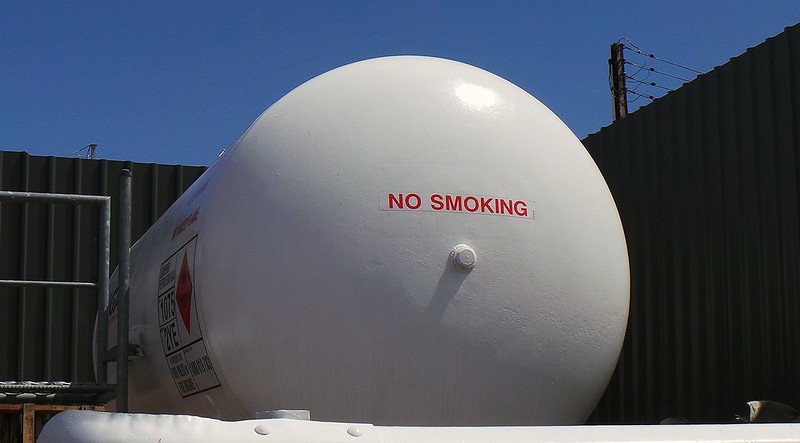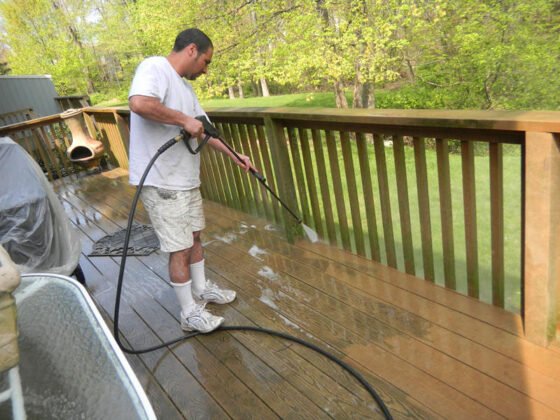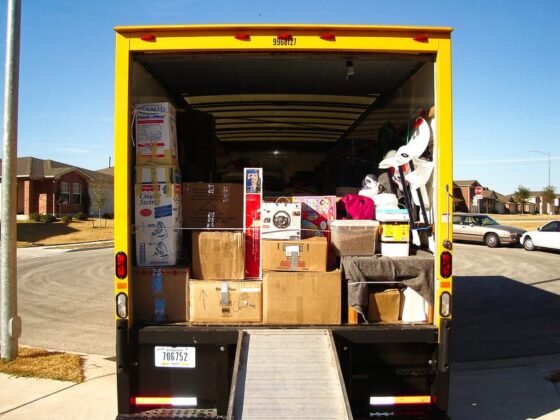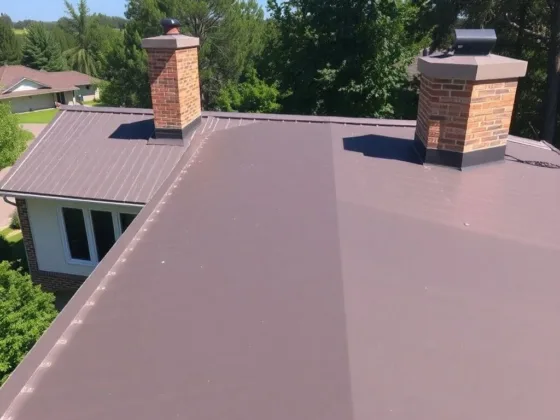Table of Contents Show
Modern industry depends on storage tanks, as we need to store petroleum, chemicals, water, natural gas, and several types of fuel.
These include everything from jet fuel to big-rig diesel. They need to be securely transported and stored in optimal conditions to ensure efficiency and safety.

ASTs, or above-ground storage tanks, are built to secure these materials, and today we’ll go over fuel tanks specifically.
These adaptable and versatile steel tanks are popular for industrial operations as well as on-site factory storage.
Daily monitoring and a strict maintenance routine will protect the tank, its contents, and its surroundings. Let’s go over how to keep an above-ground fuel tank working great.
Not All Tanks are Alike
Above ground, fuel storage tank designs suit a wide range of needs. Custom builds are available for several situations and settings.
There are unique coatings and treatments available that help them handle hazardous and corrosive materials.
Risky Business
Care must be taken with these toxic, flammable, or hazardous contents. Poor maintenance or neglect of your above-ground fuel storage tank could be disastrous. Here are some possible results:
- Equipment damage caused by contaminated fuel
- Local pollution of soil and water
- Environmental pollution affecting essential wildlife habitats
- Property damage and injury caused by explosions
- Large fires
Hire cleaning crews with the right training. They should have a TWIC certification, as well as permits and insurance, before starting a job.
They need to follow the OSHA lockout/Tagout rules and be familiar with ensuring ventilation and isolate valves and piping.
Read Also:
Best Practices
You’ve hired pros to help you meet your above-ground fuel tank requirements. Now it’s time to get your maintenance routine in place, so all precautions are followed during day-to-day servicing.
Keep these factors in mind when managing the health of your above ground fuel tanks:
- Label everything to ensure safety, proper filling, and easy regulation
- Keep your setup clean and secure (no puddles, rainwater, debris, spills, waste, empty containers, etc.)
- Monitor daily, weekly, and monthly to keep material management and contamination in check
- Routine inspections and monitoring (in-person and electronic) of tank performance, air circulation, and spills
- Plan for emergencies in case systems fail
Search, “Above ground fuel storage tanks for sale near me.” This type has a huge advantage over the underground variety because everything is visible.
They’re easier to access, and you’ll notice problems earlier in most cases.
7 Steps to Keeping an Above Ground Fuel Tank
Reduce stress and streamline your maintenance. Follow these steps to protect yourself, your tank, and its contents:
- Make a standard monthly schedule for tank inspection
- Make one individual responsible
- Inspect exterior visually for leaks or deterioration
- Manual or automatic tests for water within the tank
- Locate the source of water is detected
- Determine how to prevent it from happening again
- Repeat steps 1-6 every month
Water detection is worth discussing more in-depth. Let’s get into the what, why, and how.
Test for Water
You’ll need a gauging system that is equipped with accurate sensor capability. To work reliably, it must be maintained well.
Alternatively, you can use a gauge stick. Educate yourself and your staff on how to use these correctly so you can get the best possible results.
Where Is the Water Coming From?
Water can sneak into your tank in many different ways. Let’s take a look at the most common culprits:
- Broken or or-fitting plugs
- Broken fill cap gaskets
- Broken spill buckets
- Condensation
- Low-grade fuel
Once you determine the source of water, make sure to appropriately fix it. But, note that it could be more than one of the above, so check out all ways before settling on a solution. Remember to adhere to all local and federal requirements.
Additives may be used to eliminate a small amount of any detected water. But if there’s too much, you should drain your tank and clean the interior. Get rid of any rust or corrosion.
General Inspection Considerations
If you’re interested in knowing more about above-ground fuel tanks for farms, there are many great resources on acquisition, maintenance, etc.
But no matter where it is, consider that newer tanks don’t need to be inspected as often as older ones. If you see issues developing over time, adjust your schedule accordingly.
If you happen to be near saltwater, you’ll have more corrosion. And when it comes to weather, even a small drop in temperature during winter will make it easier for condensation to form on your tank.
Who Should Perform Fuel Tank Inspections?
Your inspector should be organized and responsible. Choose someone who is great with paperwork and notices details.
The more meticulous your inspector, the better your records will be.
Visual Tank Inspections
These should include a walk-around to check for signs of discharges or leaks. Look for oil accumulation, deterioration, or rust. Are the tanks’ supports and foundation sturdy?
Take pictures of anything odd you notice, and of course, of anything obviously wrong.
This will fill out the records and keep you aware of the exact size of a rust spot, for example, or an area of damage that may get worse.
You’ll also be able to determine if a repair is improving the system.
Fuel for Thought
Given the detailed nature of this subject, remember that this is an overview. Due diligence is required beyond this article.
Remember that the safety of yourself and your crew is your number one priority.
By keeping great records and going above and beyond, you’ll be confident in your above-ground fuel tank inspections.
Meticulously scheduled maintenance will prove your interest in protecting the environment, your business, and the health of your staff.
Did you enjoy this article? If so, check out more on our blog!









